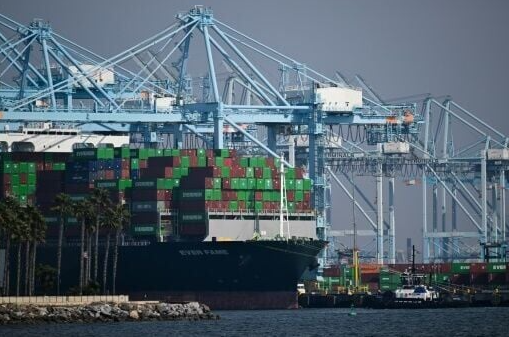Trump’s Reciprocal Tariff Threat: Implications and Complexities
President Trump’s announcement of reciprocal tariffs has raised concerns among analysts and economists.
Definition and Approach:
Reciprocal tariffs involve imposing tariffs on imports from other countries at the same rate that these countries apply to US products. This could lead to a significant increase in tariffs for emerging market economies like India and Thailand, which have higher average tariffs than the US.
Impact:
The impact of reciprocal tariffs is complex and depends on the approach taken. A product-focused approach could result in higher tariffs on politically sensitive goods such as apparel and sugar. Matching tariffs based on average rates across all products would have a smaller impact on the US average tariff rate.
Complications:
Beyond tariff rates, Trump has suggested considering value-added taxes (VATs) in determining reciprocal tariffs. This could further increase the effective tariff rate, particularly for countries like the European Union with high VATs.
Goal and Uncertainty:
The goal of reciprocal tariffs is unclear, whether it’s a separate policy or an alternative to a universal tariff. However, the uncertainty surrounding tariffs creates a drag on business and investment.
Asymmetrical Impact:
While the US does not have the lowest tariffs globally, it stands in the middle among industrialized countries. True reciprocity would require the US to reduce tariffs on goods from dozens of countries if based on average tariff rates.
In summary, Trump’s reciprocal tariff threat has sparked concerns about its potential impact on global trade and investment. The approach and complexities involved make it difficult to predict the full consequences of such a policy.



